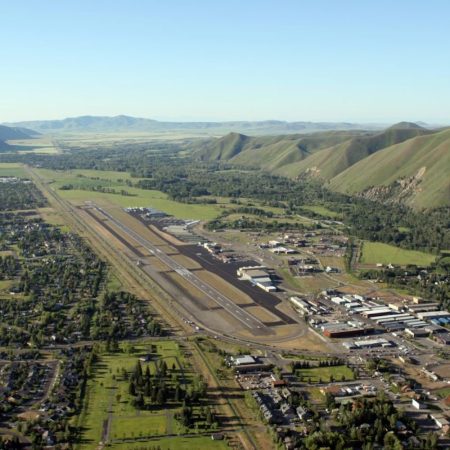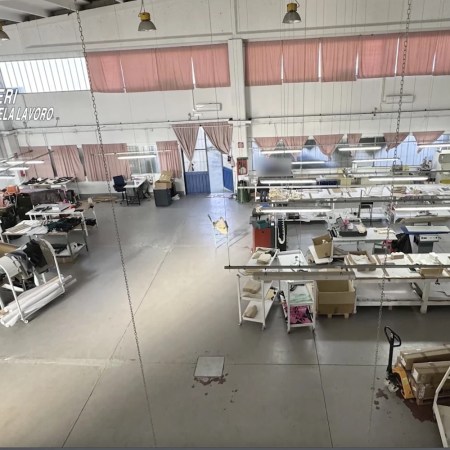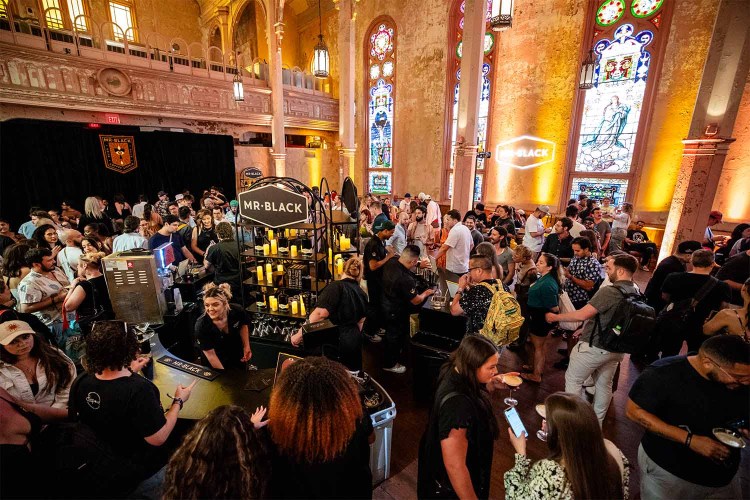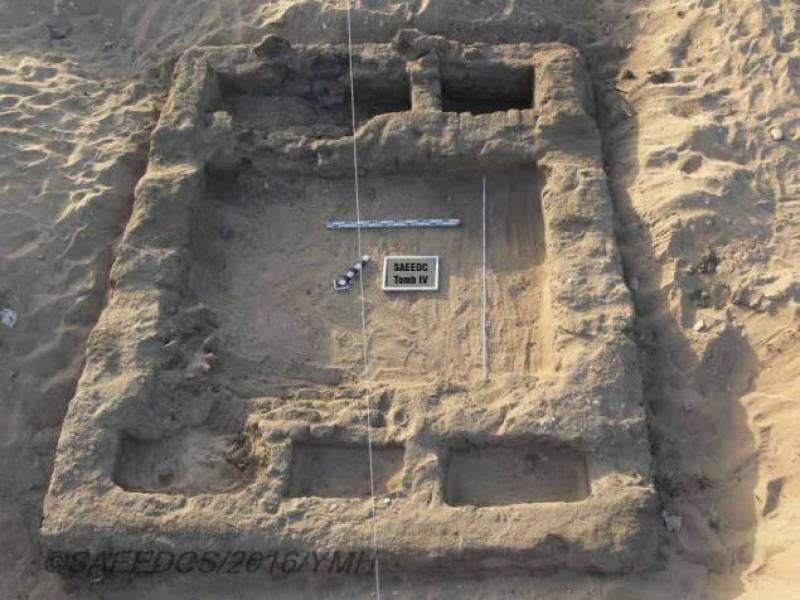
Egypt’s Ministry of Antiquities discovered the ruins of a cemetery and residential city that both date back to 5,316 BCE. The ruins were found close to the Temple of Seti the First, in Abydos.
Mahmoud Afify, who leads the Egyptian Antiquities Sector, says that this discovery offers new information on not just Abydos itself, but Egyptian history in general. He also said that the archaeological mission responsible for these discoveries was a local one, specifically a team of archaeological experts in excavations, pottery, paintings and human bones.
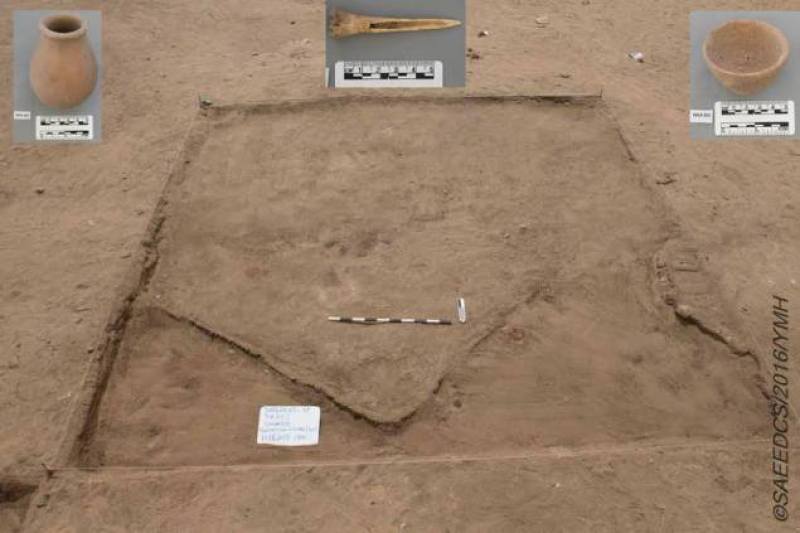
According to them, and experts like University of Liverpool-based Egyptologist Chris Eyre, the city was home to high-ranking officials and tomb builders. The remains of huts found on-site include evidence of pottery and stone tools, indicating that the city nourished and supported a labor force for Abydos, a sacred and capitol city in ancient Egypt (below).
“About a mile behind where this material is said to be,” Prof Eyre told the BBC, “we have the necropolis with royal tombs going from before history to the period where we start getting royal names. . .this appears to be the town, the capital at the very beginning of Egyptian history.”
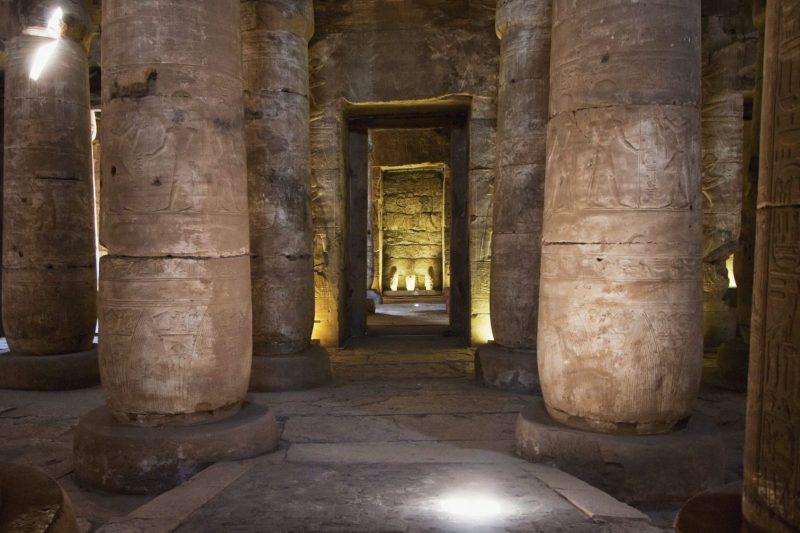
Findings at the cemetery support Eyre’s comments. The cemetery contains over a dozen large mudbrick tombs known as mastabas, which were reserved for those with high influence and social status.
Along with the obvious benefit to Egypt’s archaeological community, this discovery may boost their tourism industry as well. Tourism in Egypt has suffered after the overthrow of President Hosni Mubarak, and is still rebuilding; a find like this one, especially one made by locals, could attract new interest and visitors.
This article was featured in the InsideHook newsletter. Sign up now.

